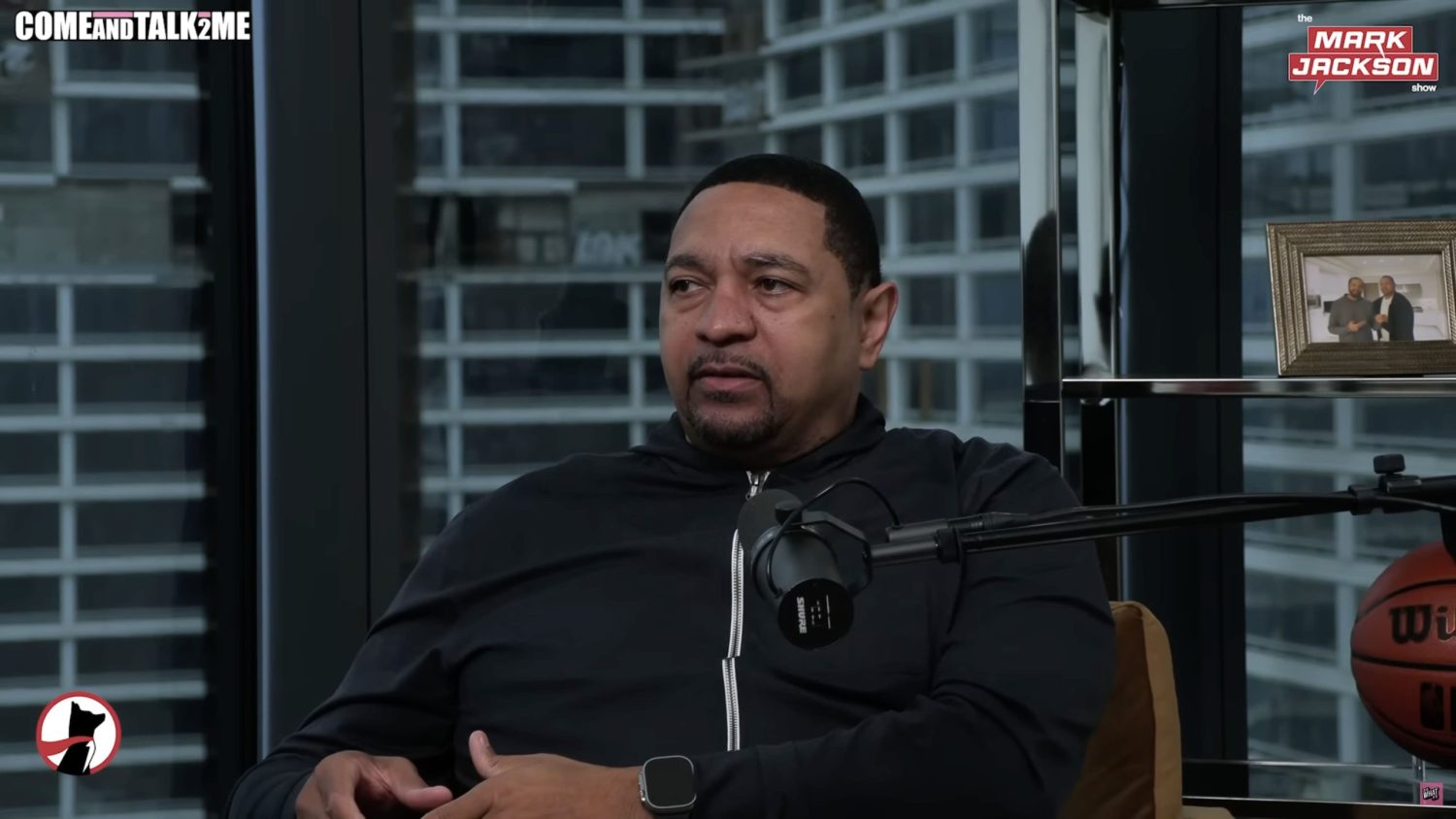There have been lots of discussions about what’s ahead for The Athletic following its acquisition by The New York Times this past February. Since then, the Times has revealed some of The Athletic’s subscriber numbers and financials in earnings calls, implemented some changes to Athletic policies for staffers, and brought in advertising. There have also been some notable staffer exits since then.
But there’s now an interesting development on the staffing side, with The Athletic set to majorly expand its women’s sports coverage through an external partnership with Google. Axios’ Sara Fischer broke that news Tuesday:
NEW: @TheAthletic plans to double its women's sports coverage through a partnership with Google
— Over the course of the multiyear deal, it's hoping to double the number of articles written about women's sports from around 900 today to about 1,800https://t.co/aGMI4Dv8rl— Sara Fischer (@sarafischer) November 22, 2022
Here are some more details from Fischer’s Axios piece on this, and her accompanying coverage in her Axios Media Trends newsletter:
The Athletic plans to double its coverage of professional women’s sports through a multiyear partnership with Google, its chief commercial officer Seb Tomich told Axios.
Why it matters: Because the readership of The Athletic’s parent company — the New York Times — is fairly split between men and women, the Times’ ability to bring over more women readers to The Athletic “is a huge advantage,” Tomich said.
Sports media has traditionally skewed toward men, “but this is something we want to change,” he added.
…The Google partnership will help build a broader and stronger audience of women sports fans for The Athletic, which in turn “is a better business.”
As per Fischer, this is going to start with The Athletic posting a new wave of job openings for roles focused on women’s sports coverage, beginning this week. They intend to particularly focus on the WNBA at the start (with not just game coverage, but also business coverage on things like sponsorships, TV deals, and cultural issues, like how Brittney Griner‘s detainment in Russia has impacted the league), but will also look at other sports. They have a planned project beginning in January to follow women’s soccer stars ahead of the 2023 FIFA Women’s World Cup (which begins in Australia and New Zealand in July), and they also are looking at other women’s sports verticals down the road.
For the Google part of all this, the company is going to support not just written articles, but also podcasts and newsletters focused on women’s sports. They’re going to do that by supporting paid media ads to drive audiences to women’s sports content, with much of that coming on the sites of The Athletic and the NYT, though some of it may occur off-platform.
Google has backed various media projects in the past, including the NYT’s push into VR journalism in 2015, but this is a notable new level for them. It fits with some of the particular interest they’ve shown in supporting women’s sports in the past, including serving as one of ESPN’s partners for the Fifty/50 Title IX anniversary content this summer.
This is an interesting overall approach on several levels. A lot of the discussion around mainstream women’s sports coverage has long centered on debates around the Field of Dreams analogy that “If you build it, they will come.” Those in favor of more mainstream coverage of women’s sports have pointed to specific successes from targeted investments and focuses, and have also noted that wide-ranging mainstream women’s sports coverage has perhaps never been “built” as best as possible. This particular case is a clear building of targeted coverage before the actual numbers that would normally lead to that, but it’s being done in a seemingly logical way.
This is a specific audience Google/the NYT/The Athletic are all eager to serve. There’s evidence some of that audience already exists at the NYT, but not The Athletic (so it’s at least partly an attempt to expand the audience internally rather than externally, which has some advantages), and this expansion is coming at a time when there is a lot of interest in women’s basketball, not to mention there’s about to be a ton of interest in women’s soccer.
This is also worth discussing for its contrast to the normal economics discussed in sports, and for its further illustration that those aren’t always the only thing under consideration. Yes, raw viewer totals, reader totals, and subscriber totals do matter, and the NFL and the Super Bowl (the two biggest examples of that) would still be in good shape on raw numbers even if their demographic numbers were terrible (which they certainly aren’t). But there are some audiences that aren’t as prominent on a raw numbers level but have extra demographic appeal for networks and brands, thanks to their audiences being younger than the standard, more gender-diverse, or valuable in some other way.
We’ve seen that with things like MLS (the most logical first major North American league to go to a streaming-primary deal given its young audience), the NHL (which saw large gains amongst female viewers last season), and even the NFL’s streaming versus linear breakdowns. And we’ve seen many business success stories emphasizing women’s sports, whether in media, bars, NIL deals, or elsewhere. So there absolutely is a way this women’s sports-focused staffing up could work out for The Athletic. And it certainly helps them to have Google’s backing to do this; it’s a lot easier to make that kind of coverage gamble when there are significant financial resources promoting it, especially at a time when you’re under fire to try and equalize your balance sheet quickly. So this is definitely going to lead to a lot of women’s sports coverage at The Athletic. The big question for its long-term viability is going to be how much of a response it gets.
[Axios; image from The Athletic’s No Offseason WNBA offseason hub]







